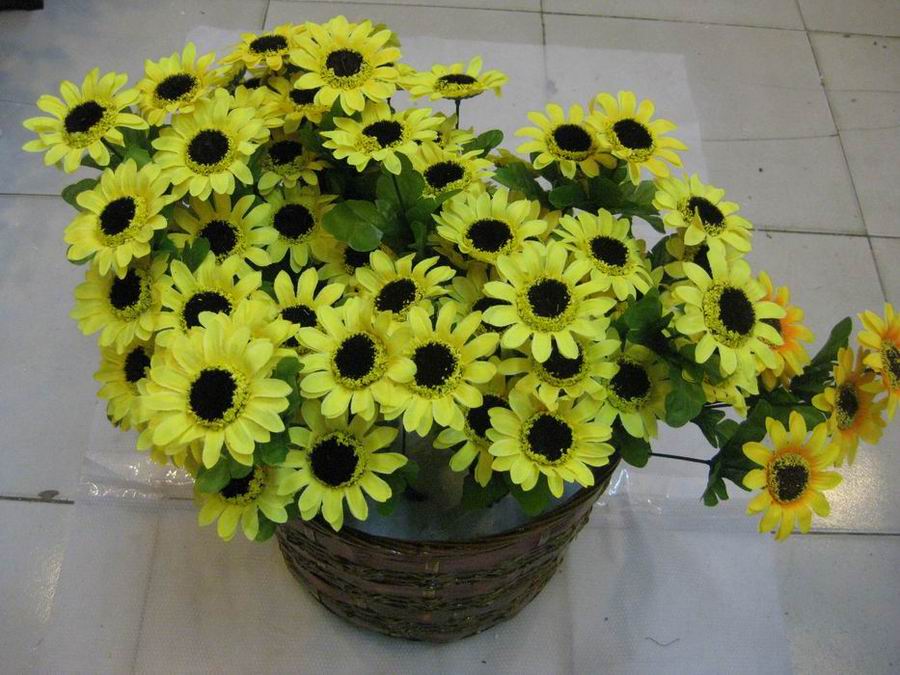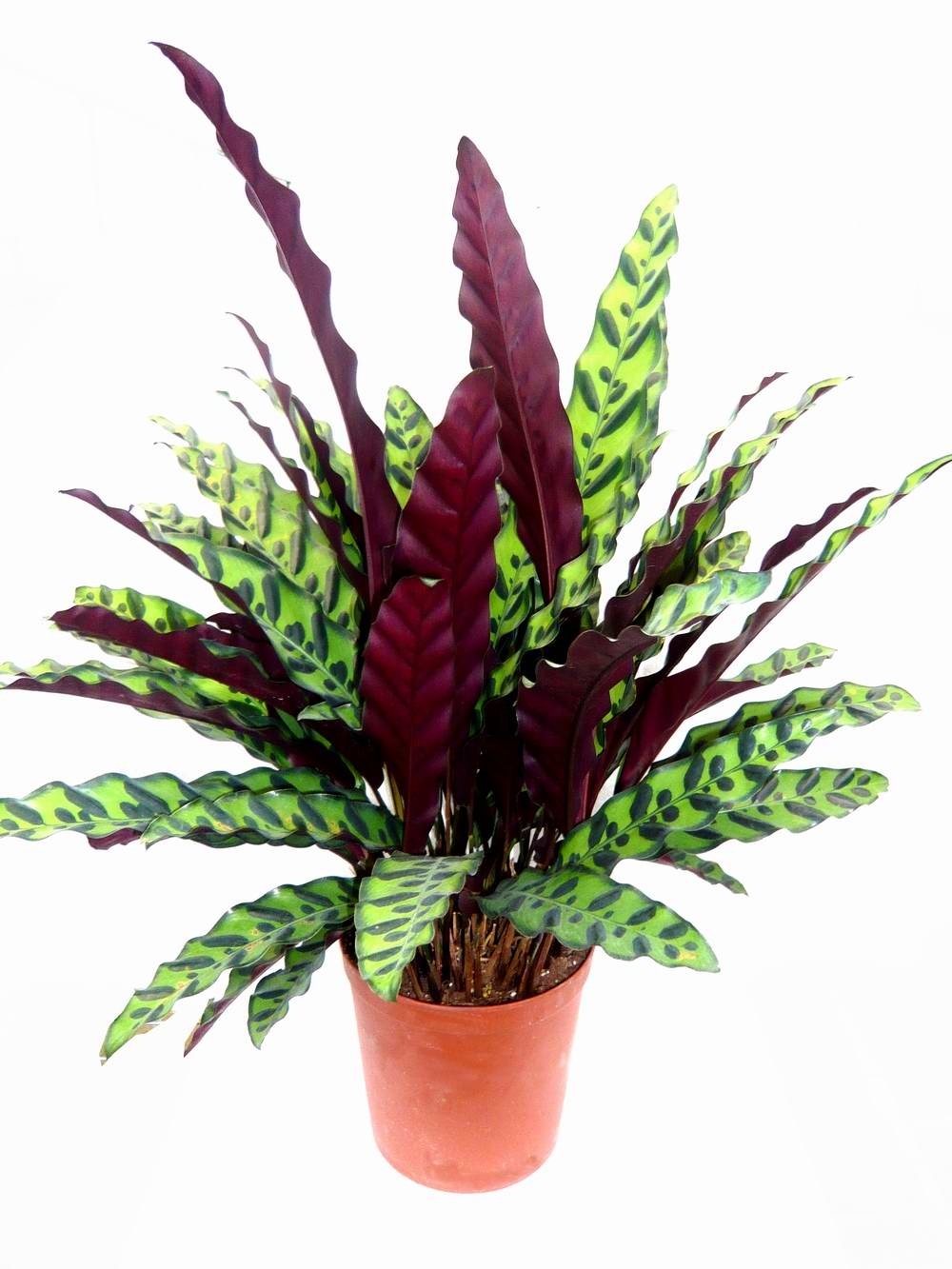How to maintain dormant flowers in summer?
Some flowers, such as narcissus, cyclamen, fuchsia, tulip, pittosporum, begonia, calla lily, geranium, freesia, arrowhead lotus, etc., summer high temperature season cut, that is, in a dormant or semi-dormant state, then metabolism slow, growth stagnation. Therefore, summer maintenance should be aimed at the above flowers.
Some flowers, such as narcissus, cyclamen, fuchsia, tulip, pittosporum, begonia, calla lily, geranium, freesia, arrowhead lotus, etc., summer high temperature season cut, that is, in a dormant or semi-dormant state, then metabolism slow, growth stagnation. Therefore, summer maintenance should be aimed at the physiological characteristics of the above-mentioned flowers, take corresponding measures, careful care, so that they can successfully pass the dormancy period.

Potted taro
Summer dormant flowers are: four seasons begonia, inverted hanging bell, narcissus, cyclamen, pittosporum, arrow lotus, freesia, tulips, clivia, geranium, taro and so on. Maintenance requirements:
1 Control watering. Dormancy period can not be watered more, keep the pot soil moist, often spray water to the branches and leaves, the ground around the flowerpot, so that it forms a moist and cool microclimate.
The right environment. Remove the pot to a cool and ventilated place for maintenance.
Stop applying fertilizer.
- Prev

What should I pay attention to in spring?
Winter is better than spring difficulty is the experience of flower experts talk. How to make potted flowers safe in spring? (1) Avoid cold air. Potted flowers in the indoor after a long winter, -to early spring people often like to open the front and rear doors and windows, when the cold wind directly attacked the flowers, so that the original tropical high-temperature flowers
- Next

Culture methods and matters needing attention of Peacock Bamboo Taro
Pot cultivation and management of peacock bamboo taro should use loose, fertile, well-drained, humus-rich slightly acidic loam, generally can be mixed with 3 parts of rotten leaf soil, 1 part of peat or sawdust, 1 part of sand, and add a small amount of bean cake as base fertilizer, avoid heavy and sticky garden soil. When going up the basin, the bottom of the basin is padded with 3 cm thick coarse sand as the drainage layer.
Related
- Fuxing push coffee new agricultural production and marketing class: lack of small-scale processing plants
- Jujube rice field leisure farm deep ploughing Yilan for five years to create a space for organic food and play
- Nongyu Farm-A trial of organic papaya for brave women with advanced technology
- Four points for attention in the prevention and control of diseases and insect pests of edible fungi
- How to add nutrient solution to Edible Fungi
- Is there any good way to control edible fungus mites?
- Open Inoculation Technology of Edible Fungi
- Is there any clever way to use fertilizer for edible fungus in winter?
- What agents are used to kill the pathogens of edible fungi in the mushroom shed?
- Rapid drying of Edible Fungi

